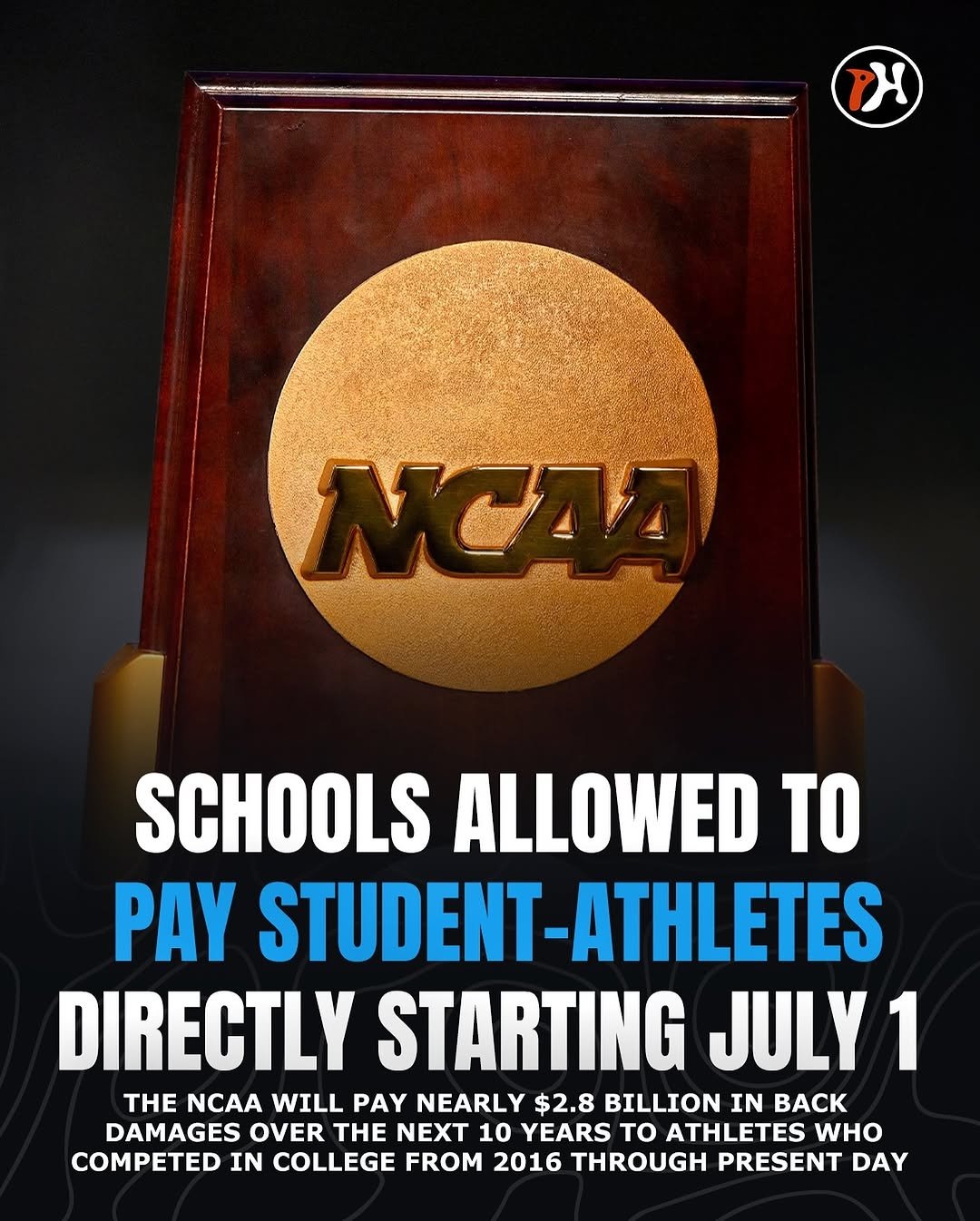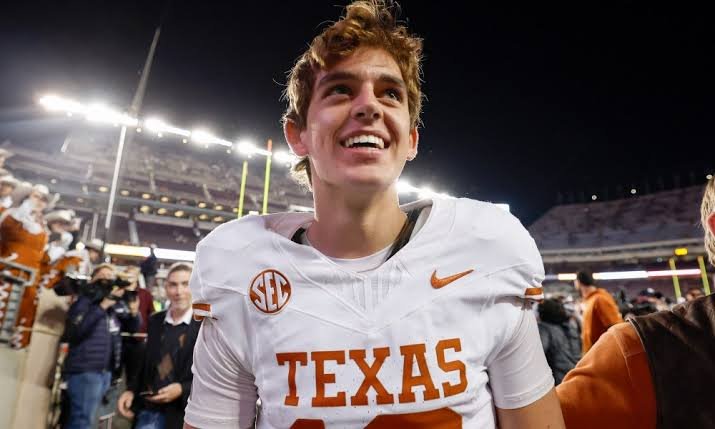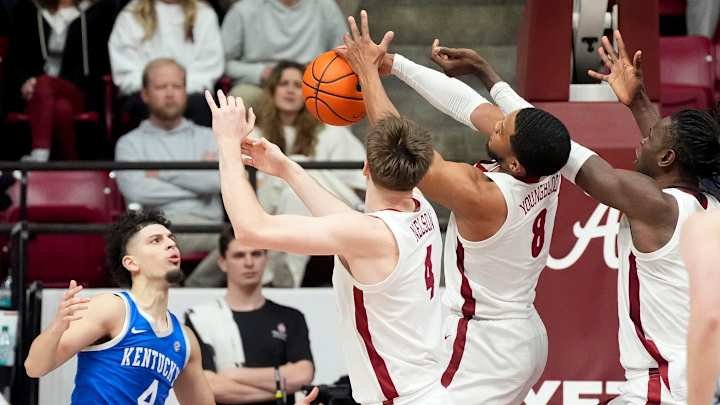Judge Claudia Wilken Approves Landmark House v. NCAA Settlement, Ushering in Sweeping Changes to College Athletics
In a groundbreaking moment for collegiate sports, Judge Claudia Wilken has officially approved the long-awaited House v. NCAA settlement, marking a historic shift in how college athletes are compensated. The approval not only cements a $2.8 billion payout to former student-athletes but also lays the foundation for future revenue sharing, altered roster limits, and increased institutional involvement in Name, Image, and Likeness (NIL) arrangements.
💰 A $2.8 Billion Payout for Past Wrongs
The settlement includes a massive $2.8 billion in back pay to be distributed to athletes who competed in NCAA-sanctioned sports between 2016 and 2024. These payments aim to rectify years of limitations that barred athletes from profiting off their own name, image, and likeness—an issue that has dominated headlines and courtrooms in recent years.
Among the plaintiffs were several high-profile former athletes whose contributions to the case spotlighted the disparity between college sports revenue and athlete compensation. The lawsuit argued that NCAA policies effectively suppressed fair market opportunities for players, a claim Judge Wilken ultimately agreed with in her ruling.

🔁 Major Structural Changes Ahead
Perhaps even more significant than the financial compensation are the structural reforms now on the horizon. As part of the settlement:
- Revenue sharing between schools and athletes is now officially sanctioned, signaling a seismic shift in how college programs may allocate profits from TV contracts, merchandise, and ticket sales.
- Roster limits across college sports will be reassessed and potentially overhauled, with the NCAA expected to implement new guidelines that give athletes more competitive opportunities and reduce long-standing constraints.
🏛️ Institutional NIL Oversight
Another key reform focuses on NIL governance. Under the new system:
- Schools will be allowed to facilitate NIL agreements directly, ending a prior hands-off approach that left athletes largely reliant on third-party agents or collectives.
- Athletes will be required to report any NIL deal exceeding $600, a move designed to improve transparency and compliance.
This shift increases the NCAA’s oversight of NIL deals while also empowering schools to help athletes navigate the complex business landscape—something many institutions had been reluctant to do out of fear of violating older NCAA rules.
🔍 Broader Implications for College Sports
The ripple effects of the House v. NCAA settlement are expected to transform college sports from top to bottom. The ruling reinforces the idea that college athletes are workers with marketable value, not merely amateurs seeking scholarships.
Schools, conferences, and the NCAA itself must now adapt to a future in which athlete compensation is no longer taboo. Already, there is speculation about how powerhouse programs in football and basketball will handle these new freedoms—and whether it might further widen the gap between major conferences and smaller schools.
📣 What Comes Next
While the settlement has been approved, implementation will take time. NCAA leadership, conference commissioners, and university athletic departments will be tasked with developing policies that comply with the new framework—particularly around revenue sharing models and updated NIL protocols.
Judge Wilken’s decision is yet another nail in the coffin for the old amateurism model, and a resounding win for athlete empowerment.
As one NCAA official put it: “This isn’t just a chapter in college sports history—it’s the start of a whole new book.”
Key Figures Mentioned:
- Judge Claudia Wilken – Presiding judge who approved the settlement.
- Athletes from 2016–2024 – Recipients of the $2.8 billion compensation.
- NCAA leadership – Now responsible for implementing new policies.
Stay tuned as more details emerge about how schools will adapt to the new reality of college sports.



